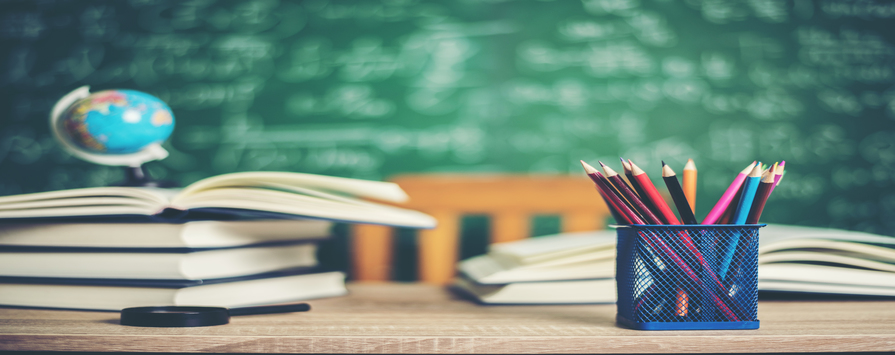
For all of us, proper and decent education is critical. It promotes excellent learning throughout one’s life for individuals of all ages, castes, creeds, religions, and regions. Education means the process of gaining information, values, skills, and morals. People need to be more conscious of the value of information than they were previously. Education is essential for everyone to enhance their knowledge, way of life, as well as their social and economic position throughout their lives.
Gurukul: Gurukuls were one of the earliest kinds of education in India. This education began under the direction of Gurus, and, similar to the notion of boarding schools, students who were instructed by Gurus had to remain in the Gurukul until their course was completed. This is said to be a means of attaining enlightenment and education. The majority of what was taught included themes such as Vedas, texts, religion, warfare, and so on. Courses in commerce and mathematics were ultimately offered to prepare people for careers in business.
Temple schools – People with linguistic skills travelled from India to neighbouring nations throughout the Middle Ages to obtain new information and abilities. This was the turning point, when monarchs from royal patronage such as the Gupta Dynasty, Maurya Dynasty, Pala Dynasty, and others began to build structures that served as both a dwelling for instructors and official schools.
Private tuitions first appeared in India during the early modern era, and they quickly became popular. Due to the Mughal dynasty’s dominance in North India, conventional educational techniques in that region consisted of Islamic religious teachings delivered through private tutoring. Gradually, educational institutions began to incorporate grammar, philosophy, mathematics, and law in their curricula. In reality, it was during the early modern era that students were required to follow a full-fledged course structure.
The education we have today or have had in the past was influenced and modified from the colonial era. The British reign brought numerous changes to education, in fact, the entire notion of education as seen by Indians was changed to accommodate rapid industrialization. Persian, Sanskrit, and other languages were supplanted as official languages in the early 1800s by English. Many colleges and universities were established in India at this period, including the University of Calcutta, Madras, Mumbai, and Allahabad University.
Following India’s independence, a dense network of educational institutions was developed. The administration then kept English as the medium of teaching while drastically altering the curriculum. It also covered Indian history, law, and other topics. The Central Board of Secondary Education (CBSE) was founded in 1962 and has maintained one of the highest levels of education ever since. Later, the colleges and universities established during the colonial period saw adjustments and advancements in terms of curriculum and teaching techniques.
E-learning: Various technologies, such as wireless technology, virtual reality, and simulation, have recently entered the scene to improve student involvement and globalise education. In truth, in order to meet the rising requirements of new-age students, both classrooms and students’ living areas have been degraded during the last decade. Especially in the last 1 year, technology has significantly entered the dynamics of education and transformed it.
These are only a few of the changes that the Indian educational system has gone through since ancient times, and they all seem to be remedied by the never-ending technical advancements. For more such information and updates on education, follow the blog Educational Know How to get the latest educational updates and online education news.
